Central America: at the center of it all
Countries such as Costa Rica, El Salvador or Guatemala stand for the outstanding quality coffee and feature a ong tradition of coffee cultiation - passed on by generations of local families who represent a love for coffee production, processing and quality.


Costa Rica
Arabica
700–1.900 masl
(in 60 kg bags).
1,500,000
Oct.–Mar.
Bourbon, Jackson, Mibirizi, Pacamara
Mild body, balanced, fresh and mild acidity
Costa Rica
Costa Rica: coffee quality and culture
Mighty volcanoes and mountainous landscapes meet sthe plains of the coast. This makes for a diverse climate - and thus also for a wide variety of coffee notes that are second to none. Thus, the geographical conditions make Costa Rica a growing country that produces particularly varied coffee. Perfect, balanced growing conditions ensure a particularly harmonious aroma - and Costa Rica's success as one of the countries with the highest production and quality levels.
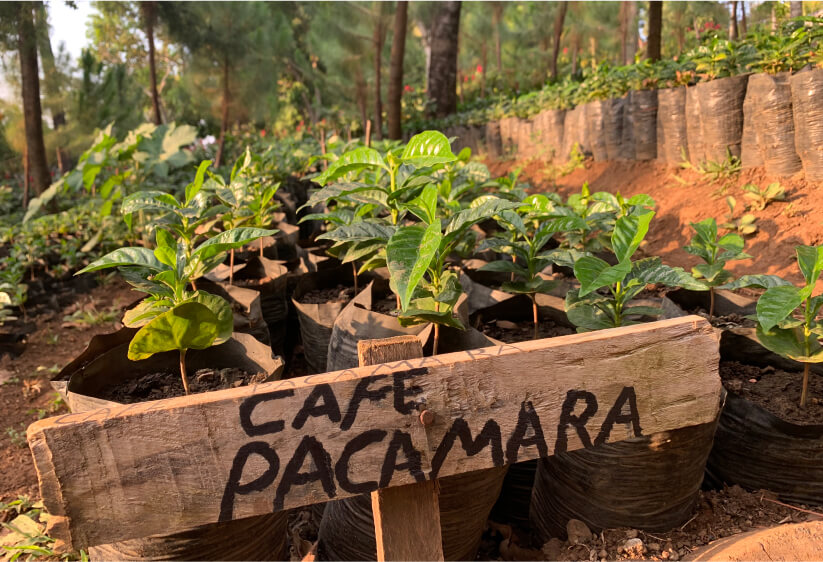
Freshly poured: our background info
- Costa Rica has high quality standards in terms of environmentally friendly production technologies and minimum social standards.
- The country has an extensive coffee history (since 1779)
- Very fertile soil due to volcanic ash, which ensures an optimal acidity
- Due to the geographic location, Costa Rican beans have very special nuances:
- In the cooler, mountainous areas, the plants grow more slowly, creating a subtle, spicy aroma
- Overall, the coffee cups very mild and enjoyable
- The complex structure and pleasantly sweet aftertaste round out its cupping attributes.
- Export-ready green coffee is known as grano de oro" (golden grain).



El Salvador
Arabica
500–2.100 masl
(in 60 kg bags).
700,000
Oct.–Mar.
Bourbon, Pacas, Pacamara, Caturra, Catuai
Soft and creamy body, nutty
El Salvador
Excellent El Salvador
Thanks to its perfect altitudes and healthy soils, El Salvador can produce exceptional coffees of a consistently high standard. Thus, the smallest country in Central America stands for truly great coffee quality, which originates in El Salvador's deep forest in the coffee growing areas.
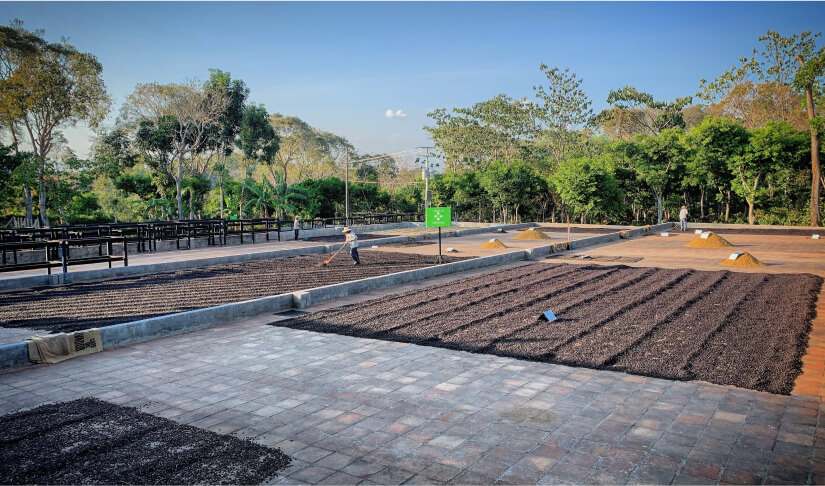
Freshly poured: our background info
- Coffee was introduced in 1846 by General Gerardo Barrios
- In the 1950s, coffee represented more than 90% of the domestic economy; today it represents less than 4%
- 80% of actively producing coffee plants are either bourbon or pacas varieties
- El Salvador's signature variety is Pacamara, a cross between Pacas and Maragogype
- All coffee is grown in the shade and picked by hand.
- The oldest cultivation area is the Apaneca-Ilamatepec mountain range
- It is forbidden by law to plant a Robusta coffee tree (coffee in El Salvador is 100% arabica)
- Volcanic soil and many hours of sunshine characterize the round and and intense aroma of the Arabica beans.
- Coffee from El Salvador is ideally suited for intensive roasting - making for the perfect espresso
- The many hours of sunshine and often strong winds, as well as the nutritious soil with volcanic ash, ensure perfect growing conditions.
- Coffee producers continue their traditions through offee tourism, with coffee tours to show visitors the art of cultivation in their own fincas.

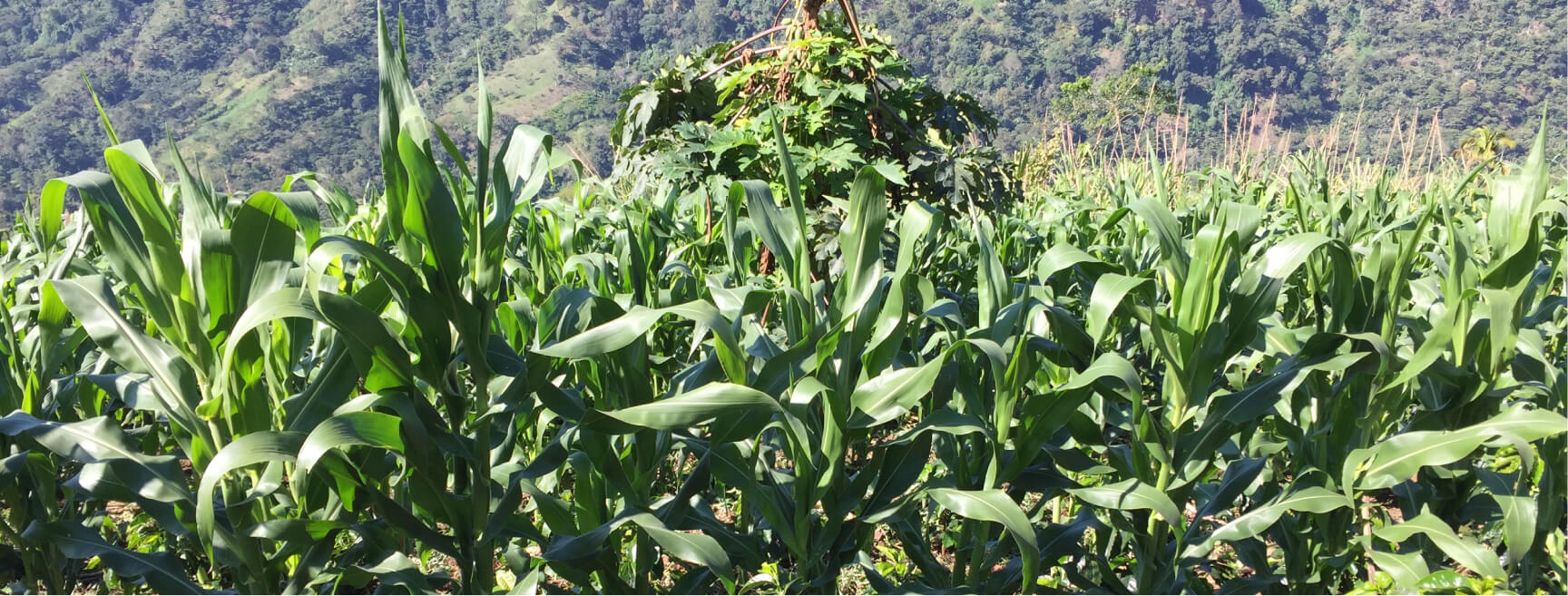

Guatemala
Arabica And Robusta
1,300–2,000 masl
(in 60 kg bags).
3,500,000 Arabica and 250,000 Robusta
Nov.–Mar.
Bourbon, Caturra, Typica, Catuai, Pache
Medium - to heavy body, dark chocolate, fine acidity.
Guatemala
Genial:
Guatemala
As one of the country's most important economic sectors, the agricultural economy is the backbone of the country - and with it coffee cultivation, which Guatemala has been pursuing since around 1750. Here, the perfect cup of Arabica is pursued on approximately 270,000 hectares, especially in the Bourbon and Caturra varieties. Fertile soil due to active volcanoes and different climatic zones ensure that coffee grows from the lowlands to the mountains - and thus offers a range of flavor notes.
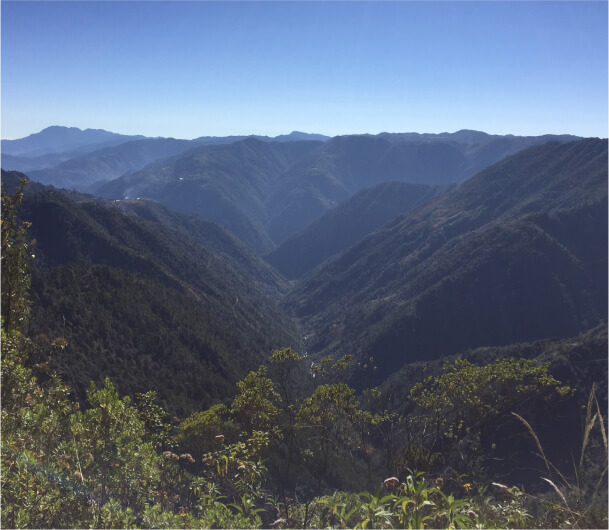
Freshly poured: our background info
- Many plantations in Guatemala practice sustainable cultivation
Conserving resources and providing
Fair compensation for smallholders for their labor-intensive work on the plantations
- Different microclimates ensure different cup profiles - the best-known coffees here include the Genuine Antigua Pastoral or the SHB Huehuetenango.
- The coffee impresses with its medium to full body and zesty
- Harvesting process: The coffee is mainly picked by hand.
- Processing (mainly): Wet milled
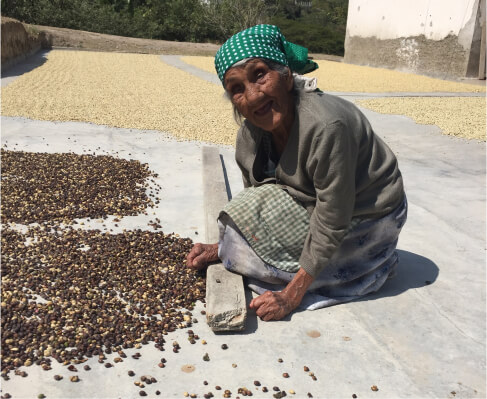
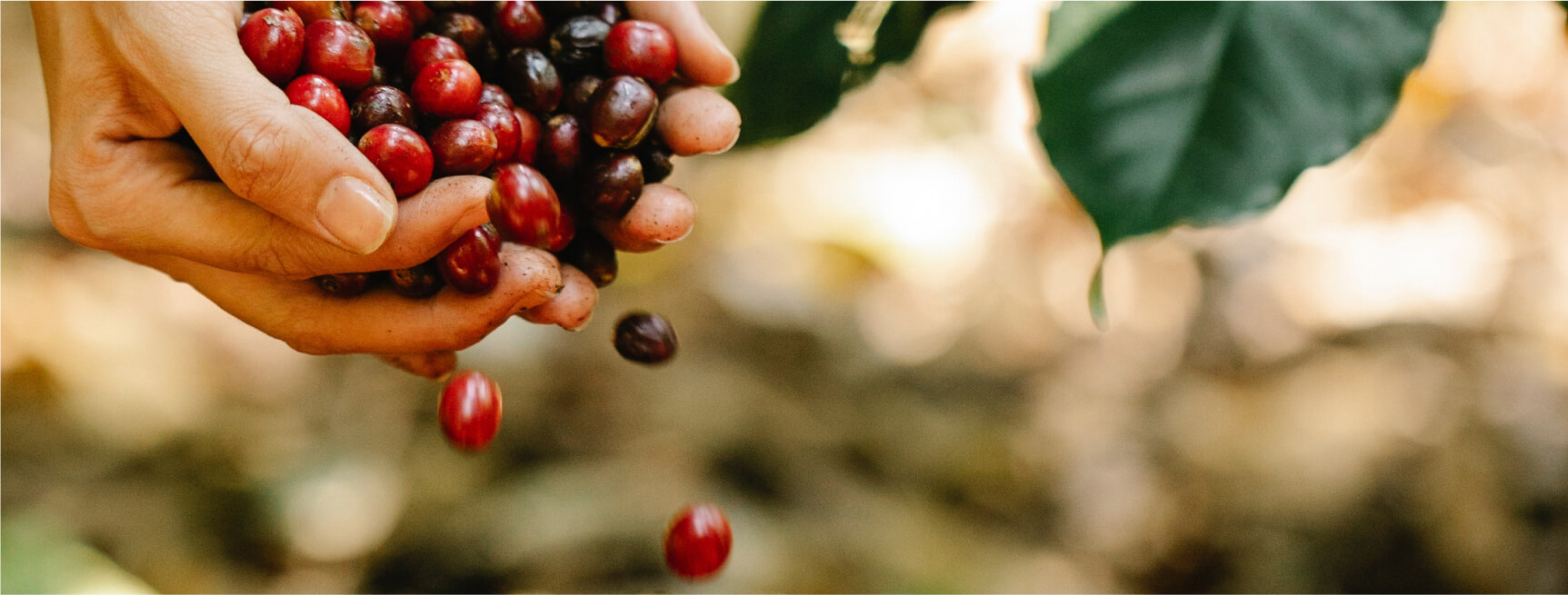

Honduras
Arabica
1,000–2,000 masl
(in 60 kg bags).
6,500,000
Oct.–Mar.
Bourbon, Caturra, Catuai, Pacas, Typica
Medium body, chocolate and citrus fruit
Honduras
High quality: Honduras' coffee
It's in the special highland regions with ideal climate conditions and fertile soil, where coffee is grown- at an altitude of 1,000 to 2,000 meters. This "High Grown" or "Strictly High Grown" coffee is profoundly aromatic and produced by Arabica varieties such as Pacas or Typica. Like its neighboring countries, Honduras, as the 'land of green lungs' looks back on a rich coffee culture (since the 18th century). Today it looks to the future with optimism, being the largest coffee producer in Central America.

Freshly poured: our background info
- Coffee production is the livelihood of more than 100,000 families.
- The majority of coffee production stems from various mountainous regions, 210 of the country's 298 municipalities and 15 of its 18 departments, to be specific.
- Coffee production creates more than one million jobs, generating about 38% of the agricultural GDP
- The highest quality beans have a strong, spicy flavor, a pronounced acidity, a velvety mouthfeel, and subtle notes of nut and fruit.
- Quality is guaranteed by the Instituto Hondureño del Café, founded in 1970.

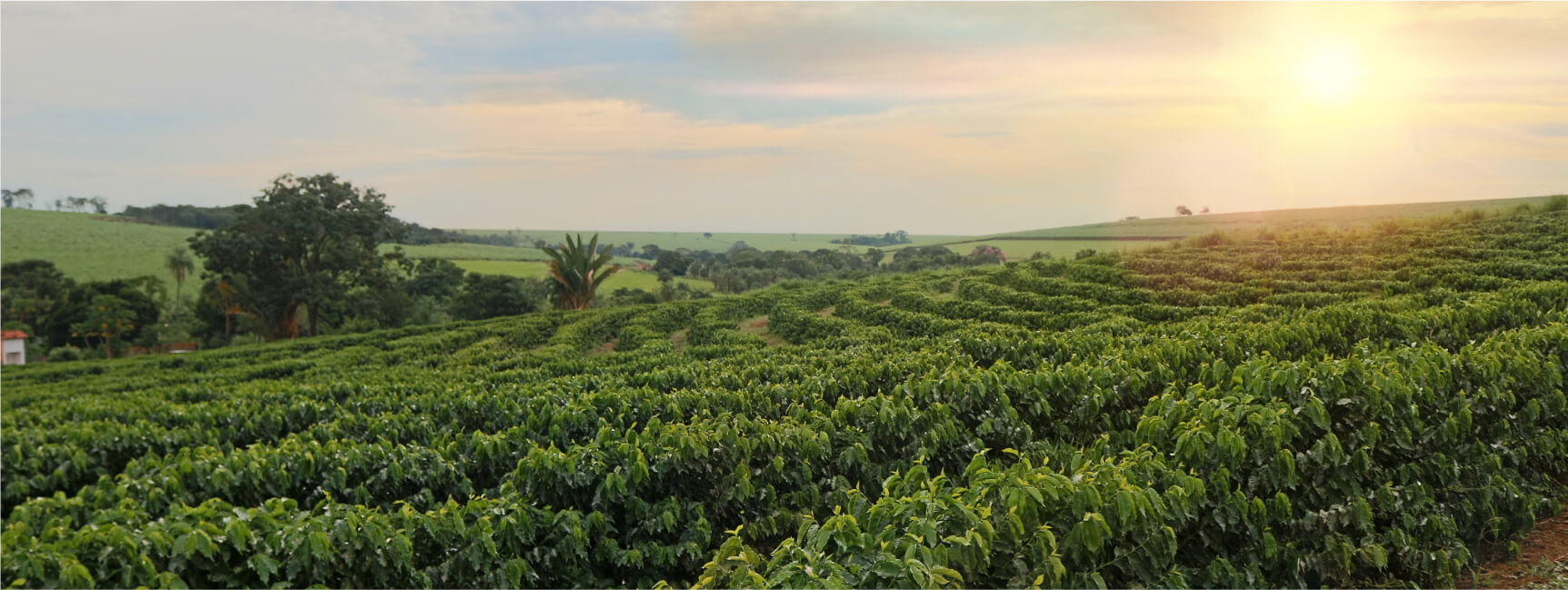

Mexico
Arabica And Robusta
400–1,400 masl
(in 60 kg bags).
3,500,000 Arabica and 600,000 Robusta
Nov.–Mar.
Bourbon, Typica, Marsellesa, Oro Azteca, Catuai, Maragogype
Mild, chocolaty, spicy
Mexico
Mexico: Quality that doesn't miss
The North American country combines all factors crucial for excellent coffee quality: a varied landscape and weather with subtropical as well as alpine climate, coastal and desert landscapes, and fertile highlands. Here, about 70% of the coffee plants ripen at 400 to 1,400 meters above sea level.

Freshly poured: our background info
- Coffee arrived in Cordoba, Veracruz in 1790-1795 by French immigrants.
- Coffee came late to the party, as Mexico's earliest industries focused on their mining resources.
- Varieties: Typica, Caturra, Costa Rica, Oro Azteca (hybrid Catimor), Marseillese, Bourbon, Catimor, Mundo Novo (Bourbon and Typica), Garnica, Marago
- Main growing regions: Chiapas, Oaxaca, Veracruz, Puebla.
- Three geographical designations of origin: Veracruz, Chiapas and Pluma Hidalgo Oaxaca.
- High quality coffee is given the name "Altura" (altitude). It is either prefixed or suffixed to the respective growing region, for example "Altura Orizaba".
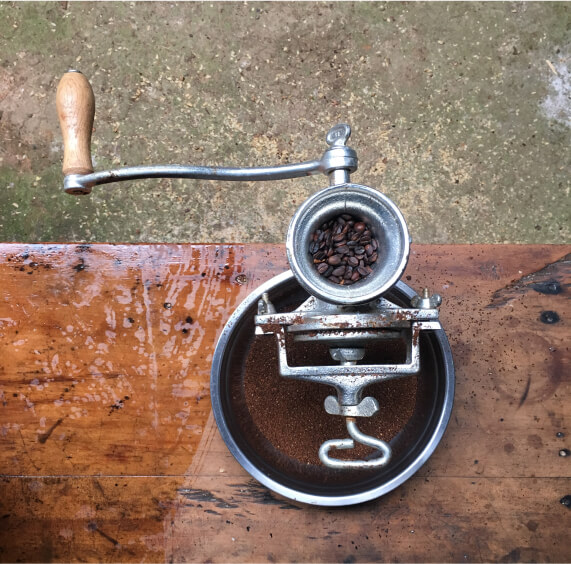
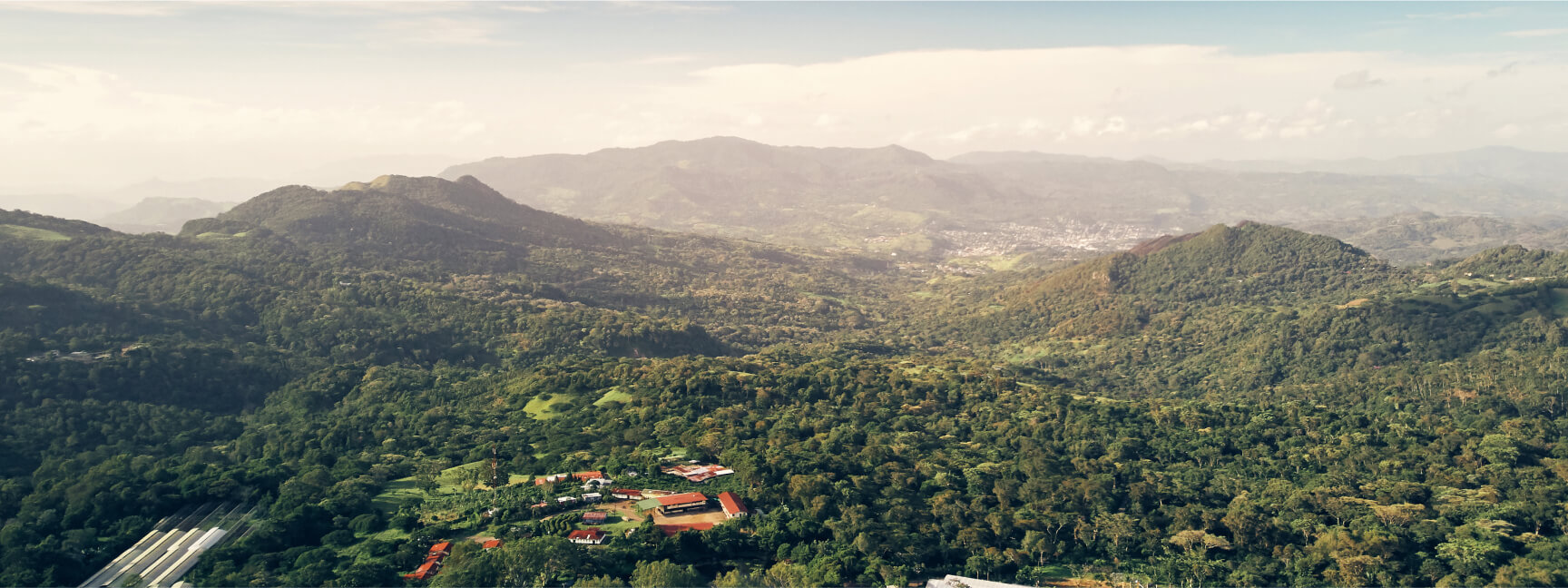

Nicaragua
Arabica And Robusta
1,000–1,800 masl
(in 60 kg bags).
2,500,000 Arabica and 80,000 Robusta
Oct.–Mar.
Caturra, Bourbon, Maragogype, Pacamara, Catuai, Catimor
Light body, soft cup, mild acidity
Nicaragua
Nicaragua class coffee
The very best coffee beans in the country are grown almost exclusively in Jinotega, Nuevo Segovia and Matagalpa, and mostly at an altitude of about 1,200 meters. The predominant variest of Arabica are Bourbon and Pacamara. Here, families traditionally care for their farms. With production starting in 1850, Mexico has a relatively young coffee history.
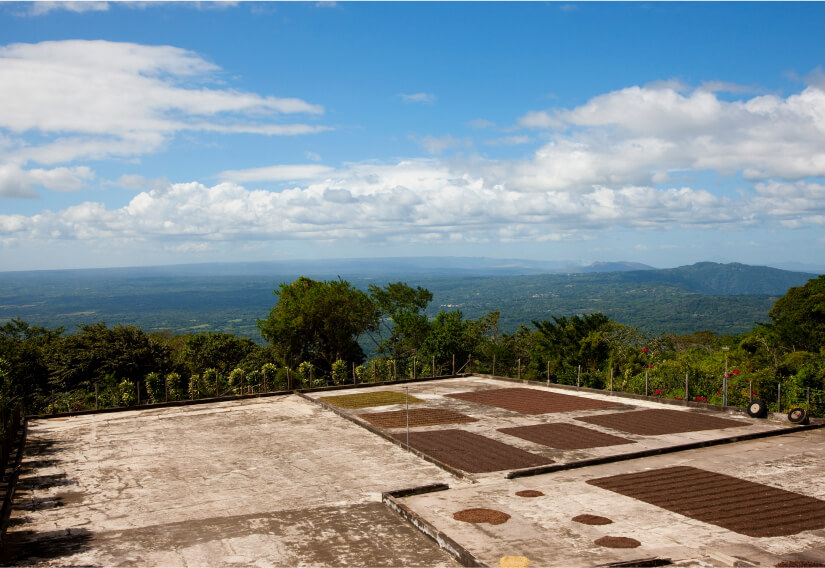
Freshly poured: our background info
- Coffee is grown in 13 out of 17 states.
- Cultivation is mainly carried out by small farmers, most of whom are linked in cooperatives
- Since 2002, the Cup of Excellence Competition has been held in Nicaragua - the competition is considered a pioneer for integrity and transparency in the coffee industry
- Among the most famous coffees are the large-bean Maragogype and Pacamara varieties.
- In the 1980s, Nicaraguan coffee was not solely consumed in Germany purely for its taste.
- It was enjoyed in solidarity with the rebellious Sandinistas in Nicaragua, who had overthrown the dictator Somoza.
- Small farmers in Nicaragua gained access to land ownership for the first time in the 1980s following these events.




